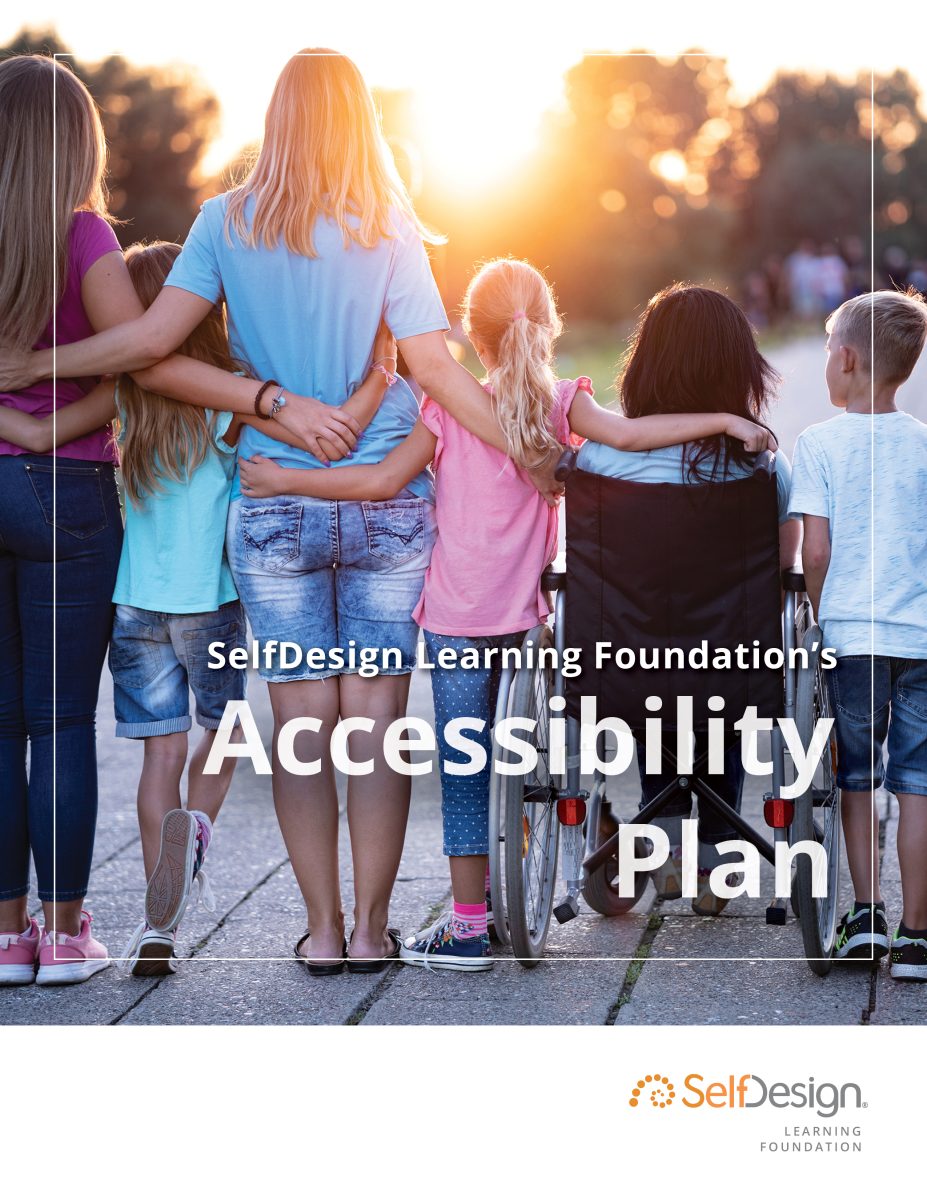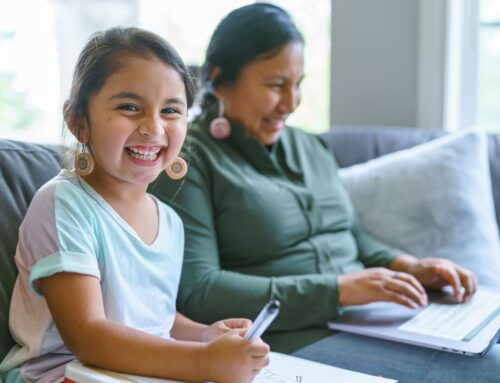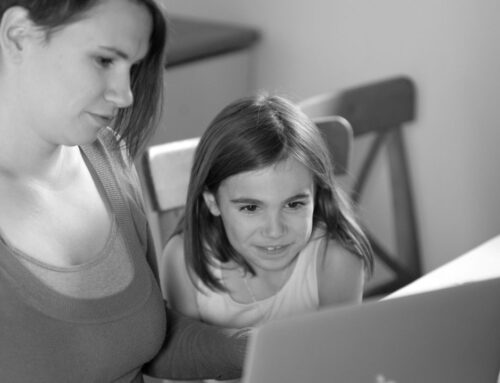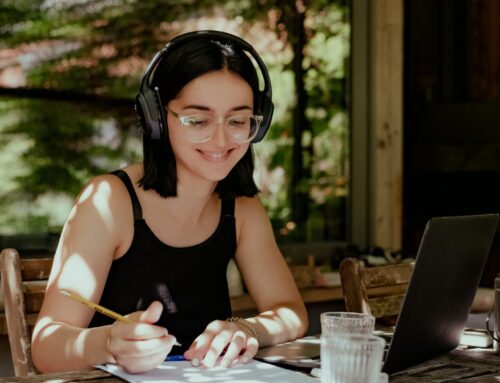At SelfDesign, being accessible means creating learning and working environments that allow everyone to participate fully without barriers.
“We are committed to providing a learning and working environment that supports all learners, families and contractors and provides equitable opportunities to support our diverse community,” says SelfDesign President and CEO Amber Papou. “We recognize accessibility benefits not only those with disabilities but also our entire community.”
To that end, SelfDesign recently created an accessibility plan. This living blueprint builds on the work we have already done. It identifies needs, priorities and actions for the coming year.
“As we seek and receive feedback about the plan and accessibility needs, we will update the plan for the following year,” Amber says.
Read SelfDesign’s accessibility plan
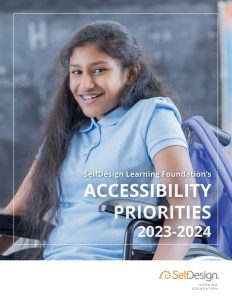 New B.C. requirement for schools
New B.C. requirement for schools
Having an accessibility plan is a new requirement for schools in B.C., and SelfDesign Operations Coordinator Paula Sobie says the work is a natural fit for SelfDesign.
“Part of our DNA is to take a personalized approach in designing our programs in a way that considers everyone’s needs,” she says. “Although new government requirements are helping us frame our accessibility plan, we have been working to meet the individual needs of our community members for a very long time.”
Paula is working with our new accessibility consultant, Stephen O’Keefe, to chart how SelfDesign can improve access to its programs, services and systems. She says the actions set out as priorities for the coming year have been underway at SelfDesign to some extent already.
“Some of these new priorities are in the beginning planning stages, and others have been in the works for several months,” she says. “All of these actions have been identified as ways to improve what we already do.”
What we’re doing this year
To further improve access for those with barriers, SelfDesign is reviewing policies, processes, practices, technologies, communications and records. We’ll be forming an Accessibility Committee to help guide our efforts. We will survey our community for input about access and barriers and provide different ways for them to provide input.
We will also update the plan based on feedback, learnings and research and offer training to our community.
“Don’t feel shy about speaking up if you have experienced or witnessed a barrier to accessibility,” Stephen says. “We have put in place several ways to collect feedback, and we’d love to get ideas from you. The process of creating accessibility is a collaborative process, where we work together to identify barriers.”
You can provide feedback on access and barriers by filling out this form, by emailing us at accessibility@selfdesign.org, or if you prefer, by mailing us at SelfDesign Learning Foundation, P.O. Box 74560, RPO Kitsilano, Vancouver, B.C. V6K 4P4.
Learn more about what we’re doing to improve access and inclusion at SelfDesign this year

